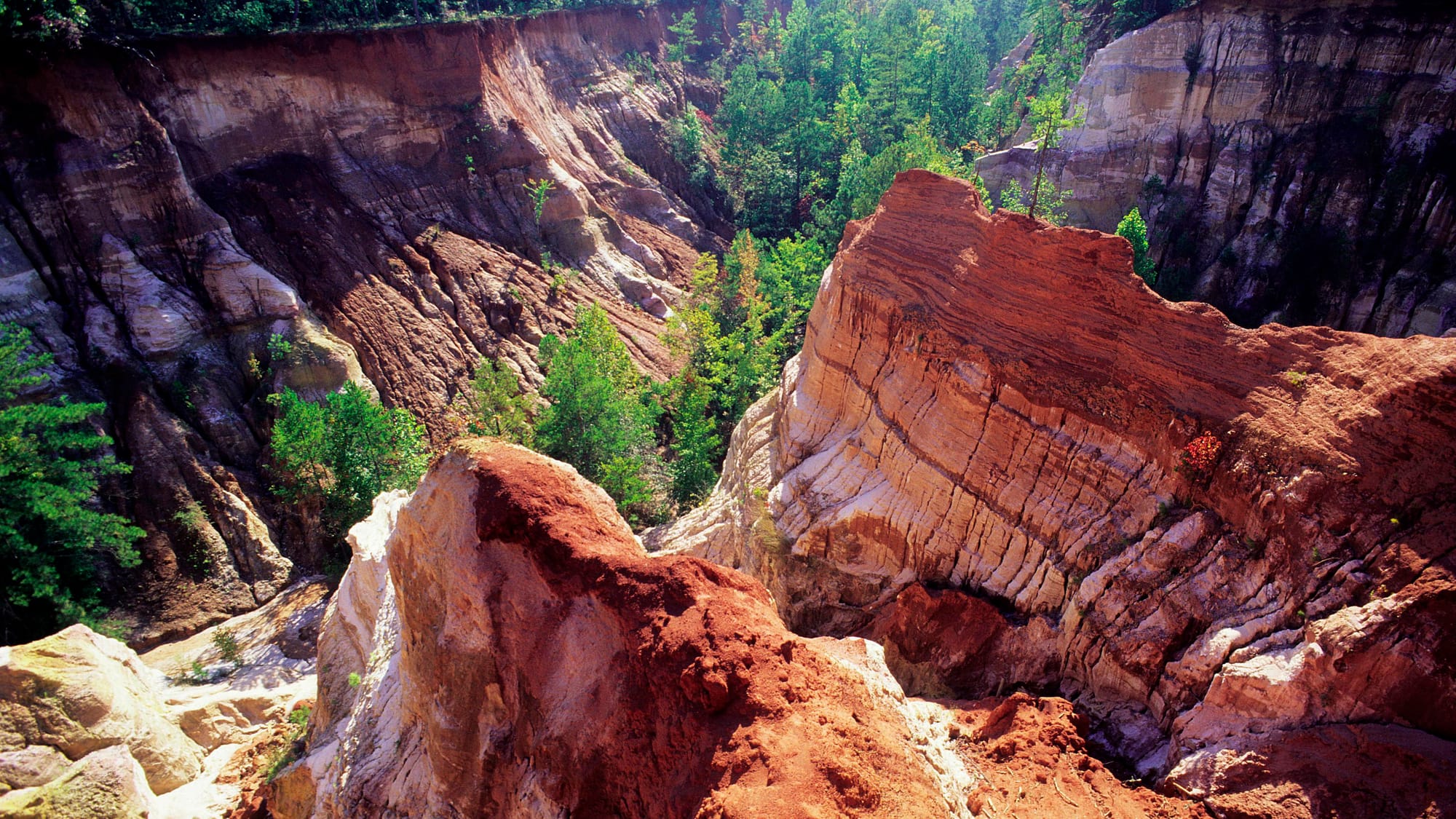What is Water Erosion?

Thus, water disintegration is the separation and transport of soil material by water. This cycle could be regular or worked with by human action.
For instance, when people cut down such a large number of trees and plants, the dirt remaining parts are exposed and free and subsequently more handily moved by water. Water disintegration erodes the outer layer of the earth. Its rate goes from exceptionally delayed to extremely fast, contingent upon different factors, for example, the dirt sort, winning weather patterns, and the nearby geology.
Instances of Water Erosion
1. Gulches
A genuine model is the Grand Canyon, which was shaped by the Colorado River. In particular, it is an illustration of streambank disintegration. Throughout the span of numerous hundreds of years, the water disintegration figured out how to make a characteristic display that draws in a huge number of travelers consistently.
2. Caves
Streaming water bends out caves north of millennia. It is actually quite significant that this cycle could be advanced via carbonic corrosive contained in the water. New water gathers calcium carbide from the stones as it leeches through the stone and tastes through breaks. At the point when this water goes through a stone, the resultant carbonic corrosive dissolves the stone after some time until a cavern is shaped.
3. Waterfront Erosion
At the point when waves hit the coastline, the effect is adequate to cause disintegration of the coasts. Water can likewise plunge into breaks in the stone during the effect. At the point when the water in the breaks gets cold, it would grow, making the stones crumble and be washed away.
4. Waterway Banks
As water moves past the banks of streams and rivulets, they disintegrate over the long haul, diverting silt and unloading it somewhere else. The stones in the actual stream can likewise be worn out and smoothed, on account of the steady moving movement brought about by the moving water.
Fascinating Facts About Water Erosion
Reality 1: A solitary rainstorm can wash away 5 tons of soil for every section of land.
Reality 2: The water disintegration process in the United States moves around 4 billion tons of soil consistently.
Truth 3: Rivers and streams disintegrate land in three ways relying upon the speed of the water. They dissolve soil by moving silt starting with one area and then onto the next. During the cycle, they disintegrate particles in hard silt and hit bedrock with quick particles. The water's pressure-driven activity assembles little particles and transports them downstream. The quick particle step works on bedrock, advancing the disintegration.
Reality 4: Deposition of the dirt particles segregated by water disintegration is reasonable in any space where the water speed is decreased. This can be behind plants and shakes, where the angle is diminished, or in water bodies like lakes and supplies.
Reality 5: A raindrop falls at a speed of around 20 miles each hour and it can sprinkle wet soil up to two feet high and five feet away.

